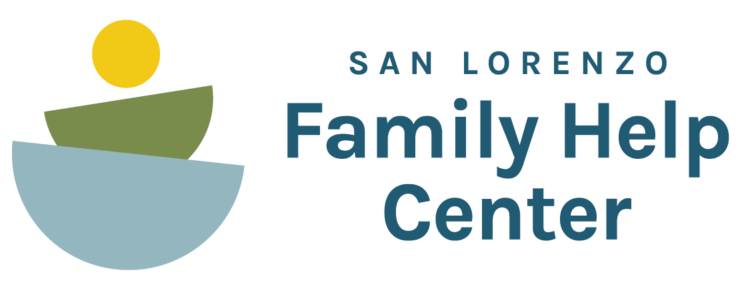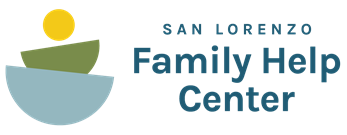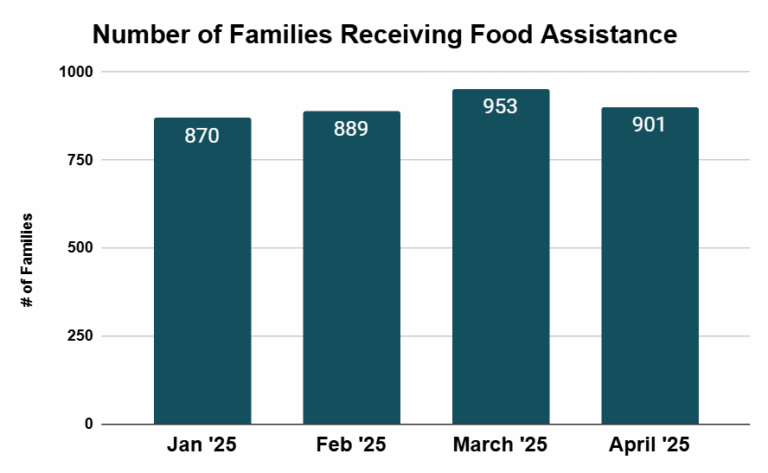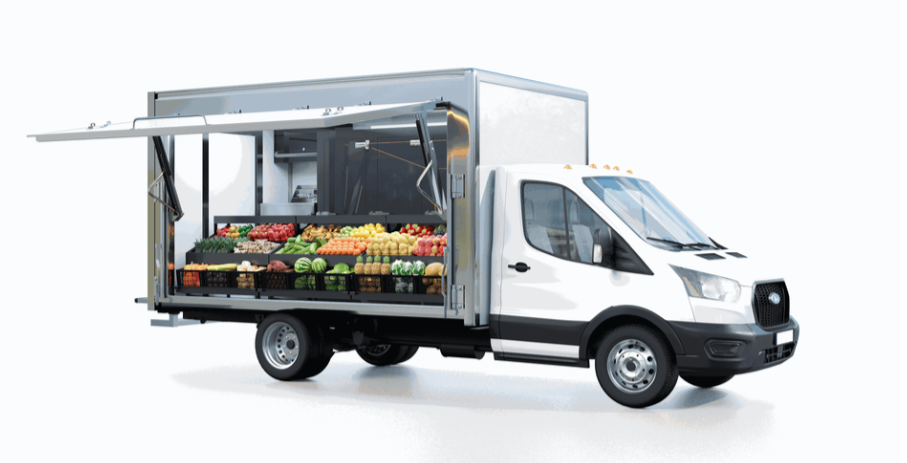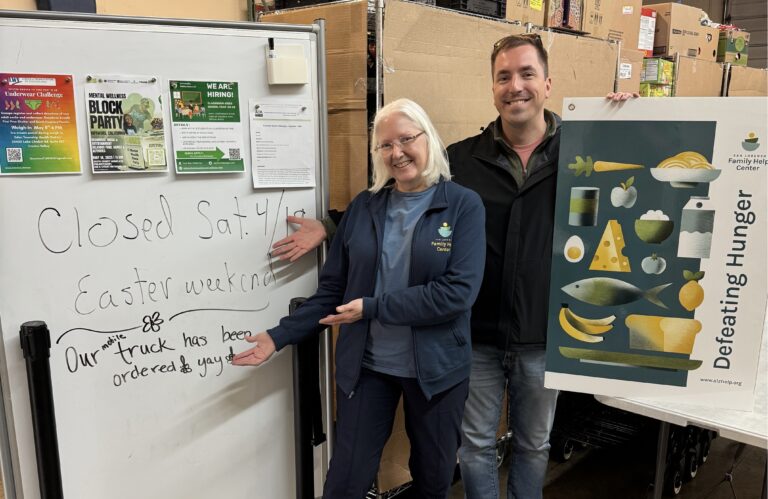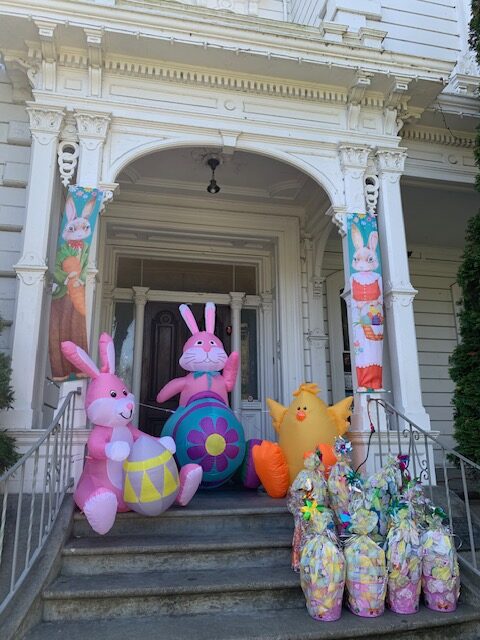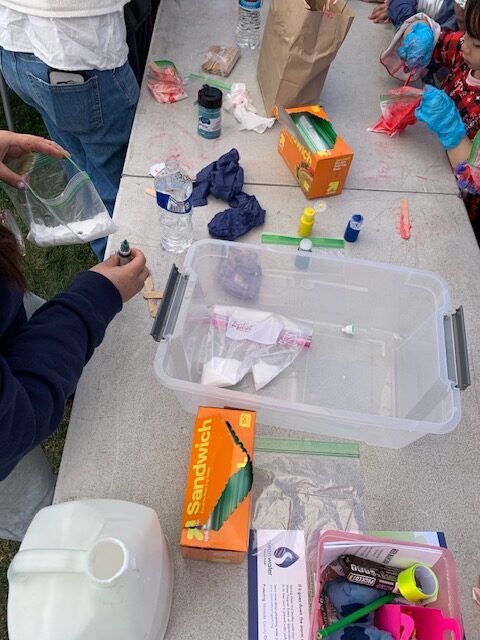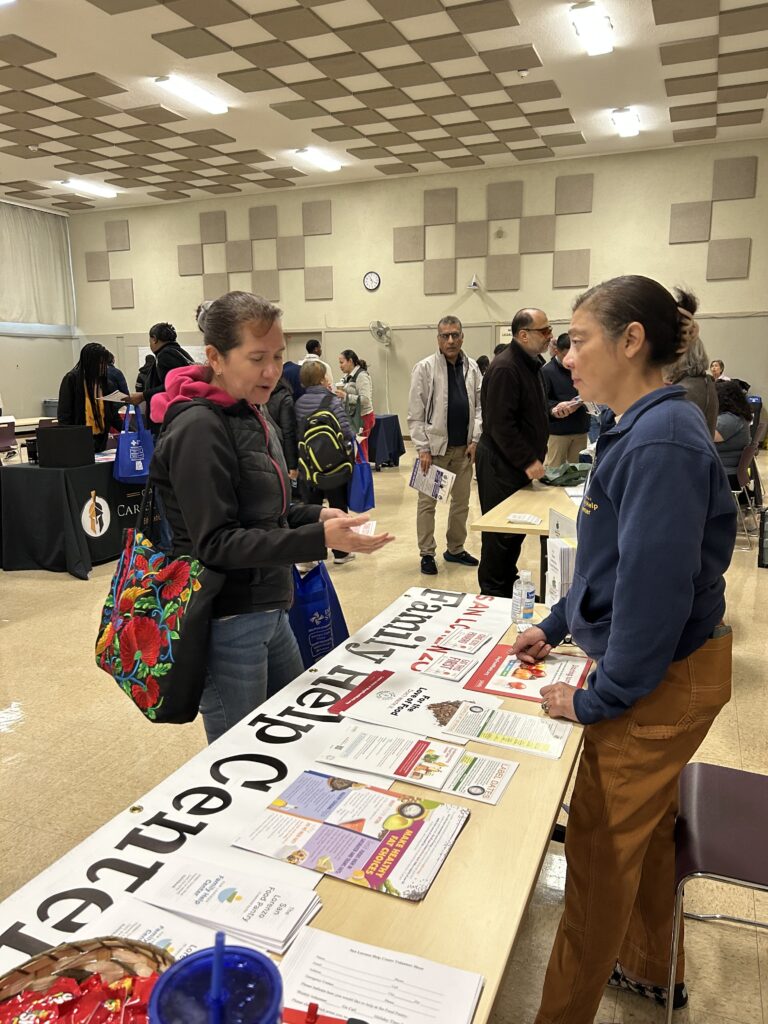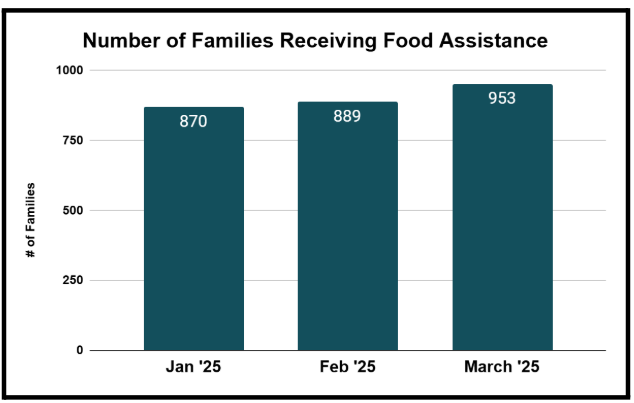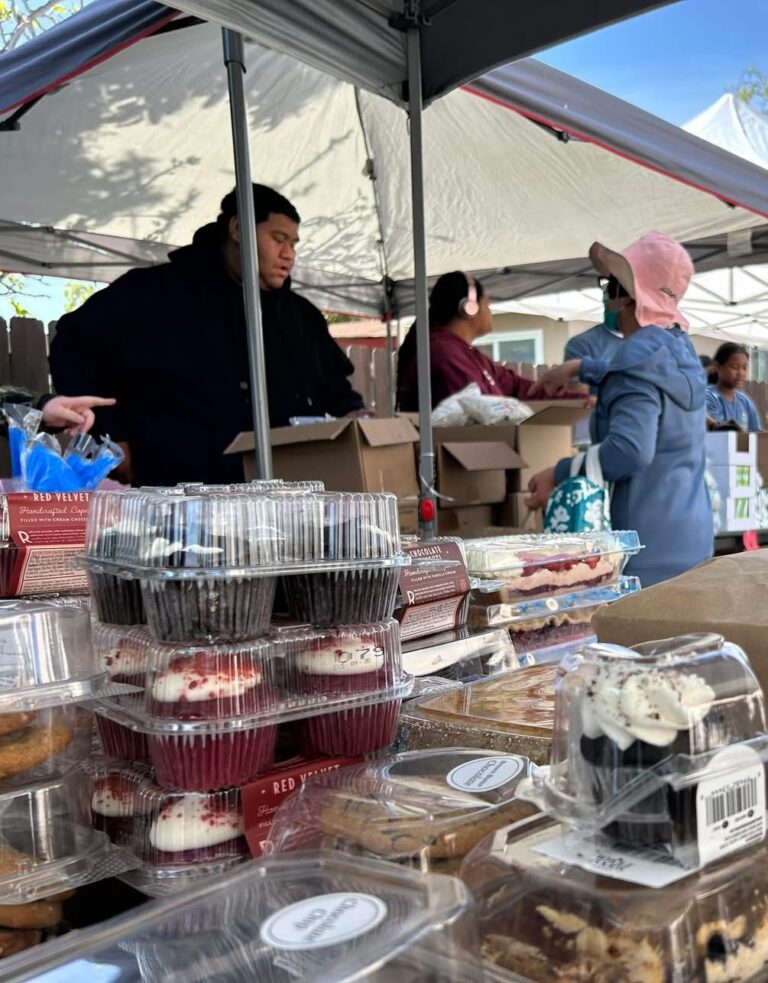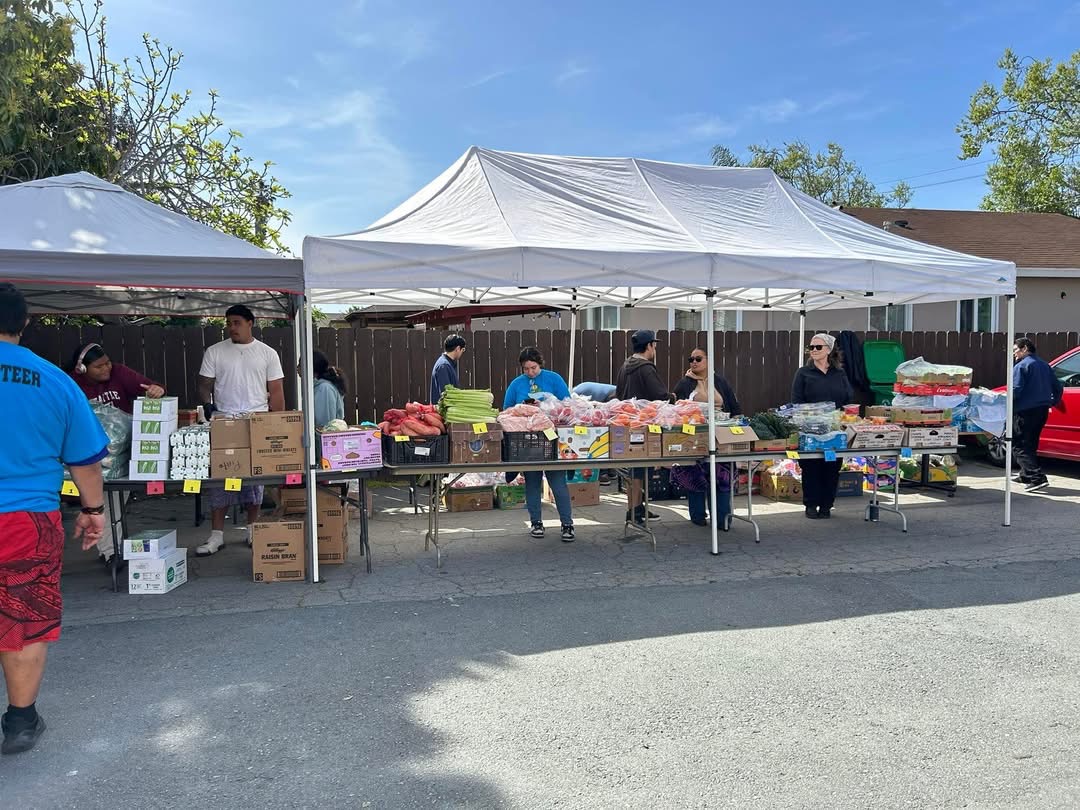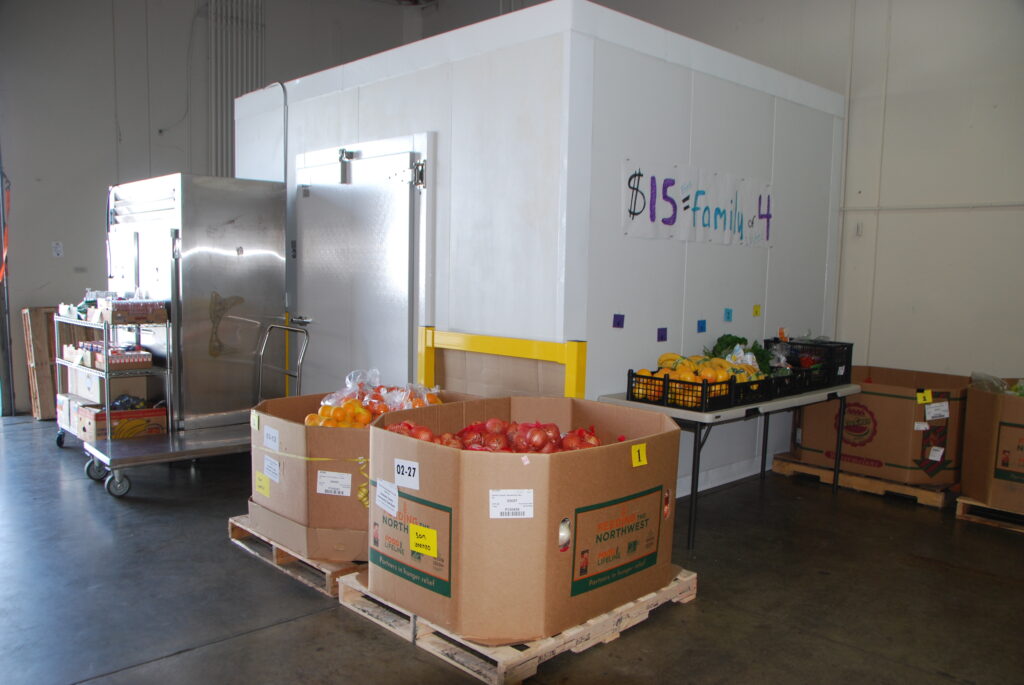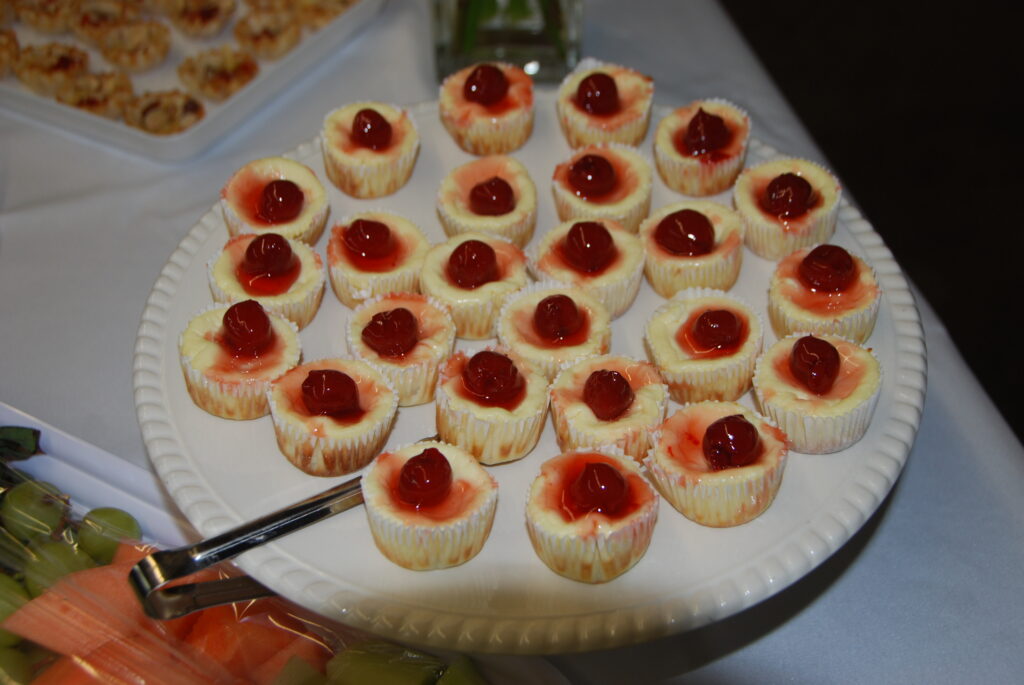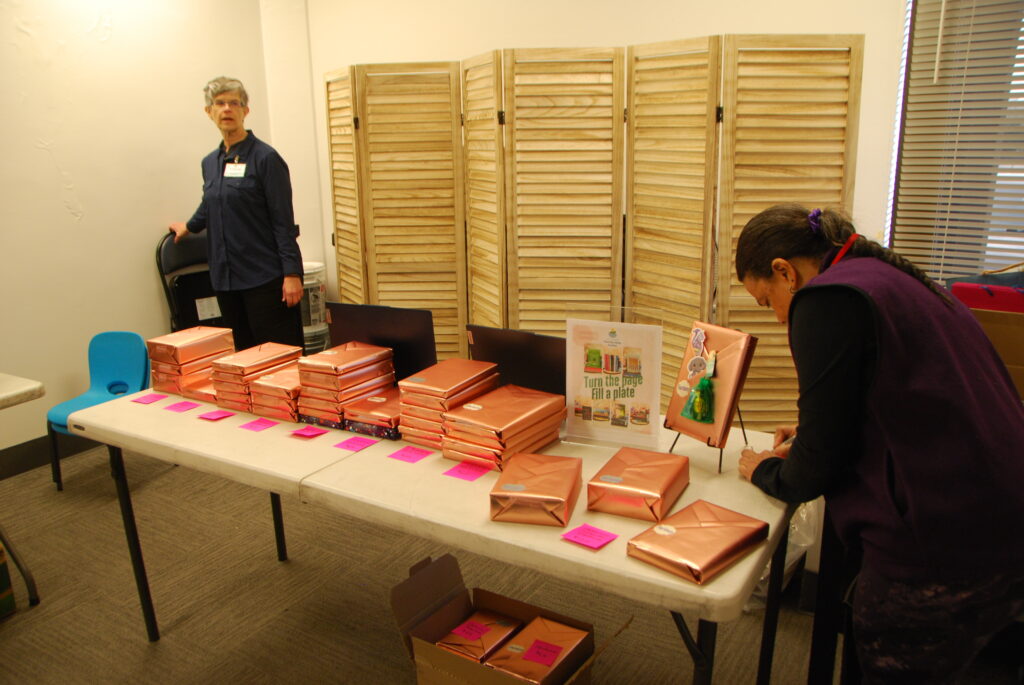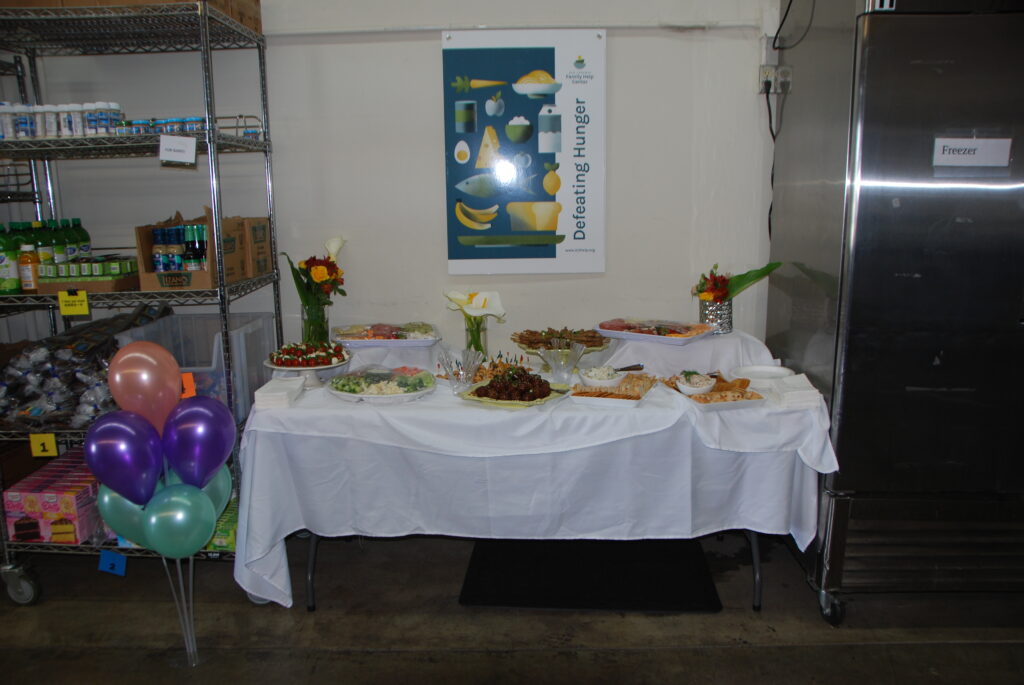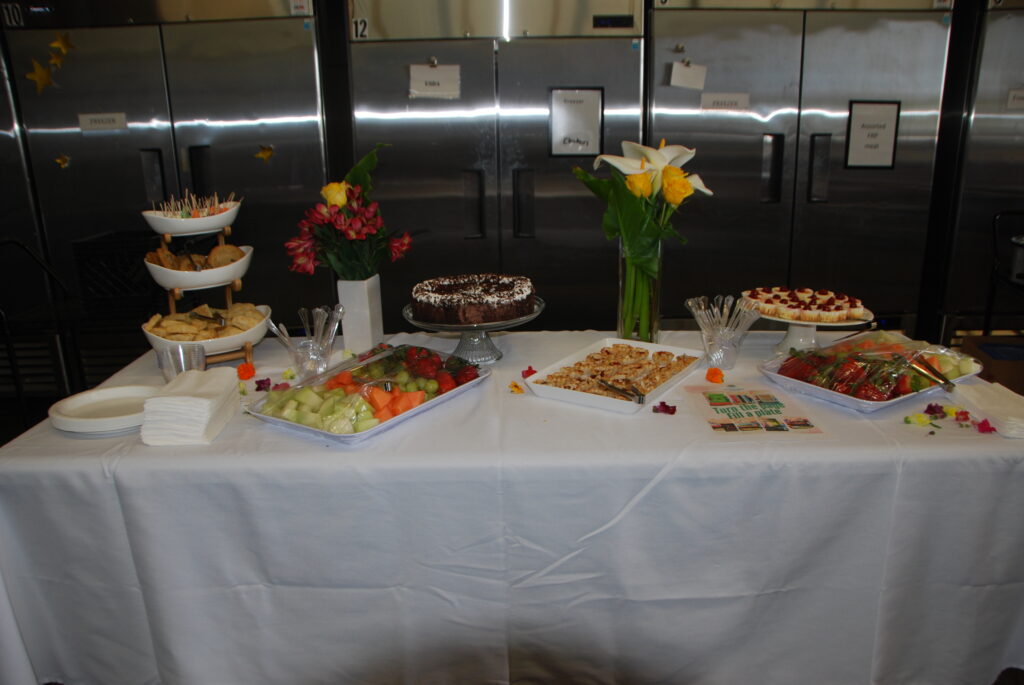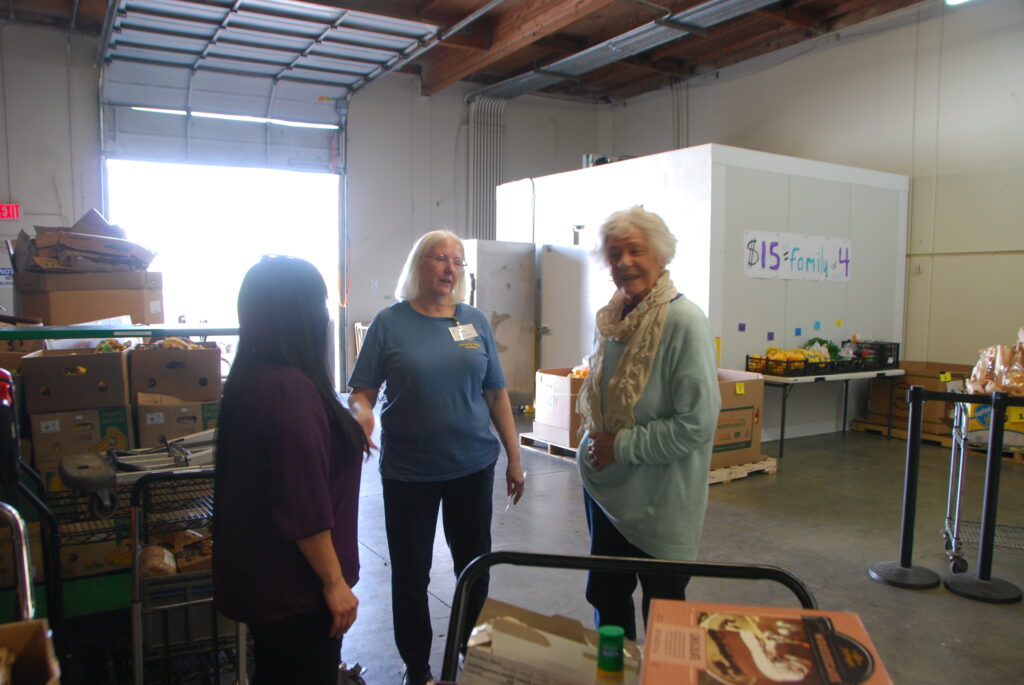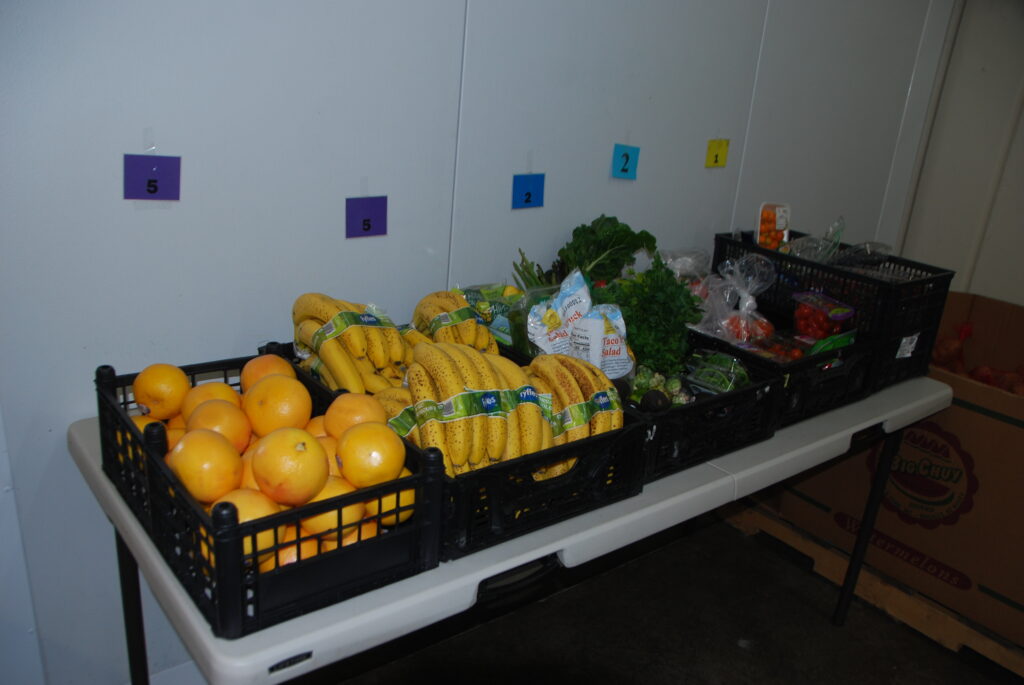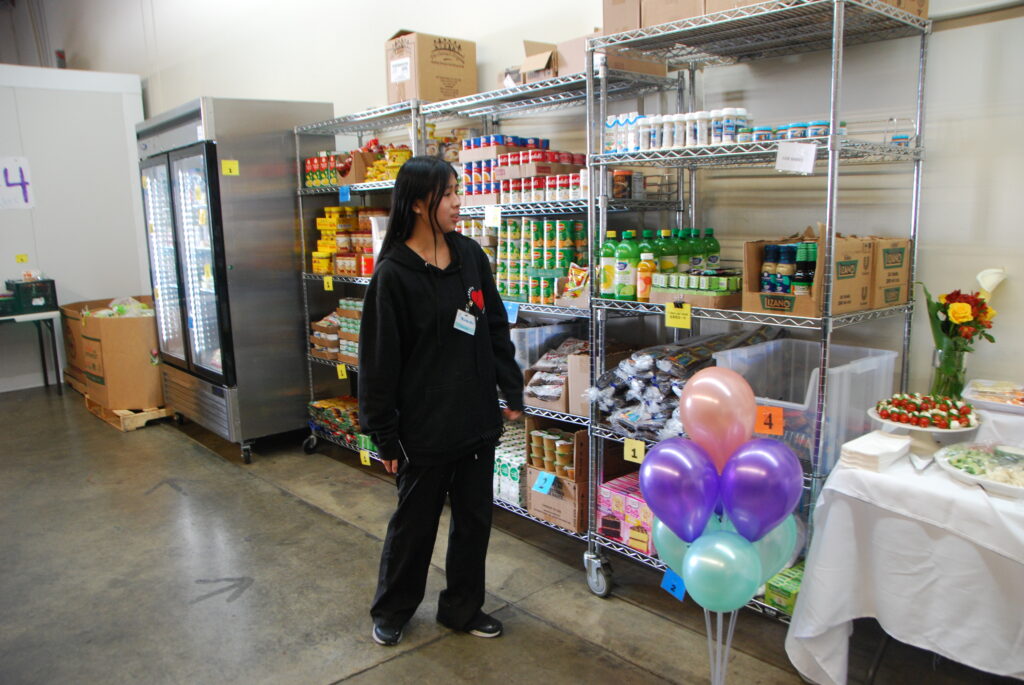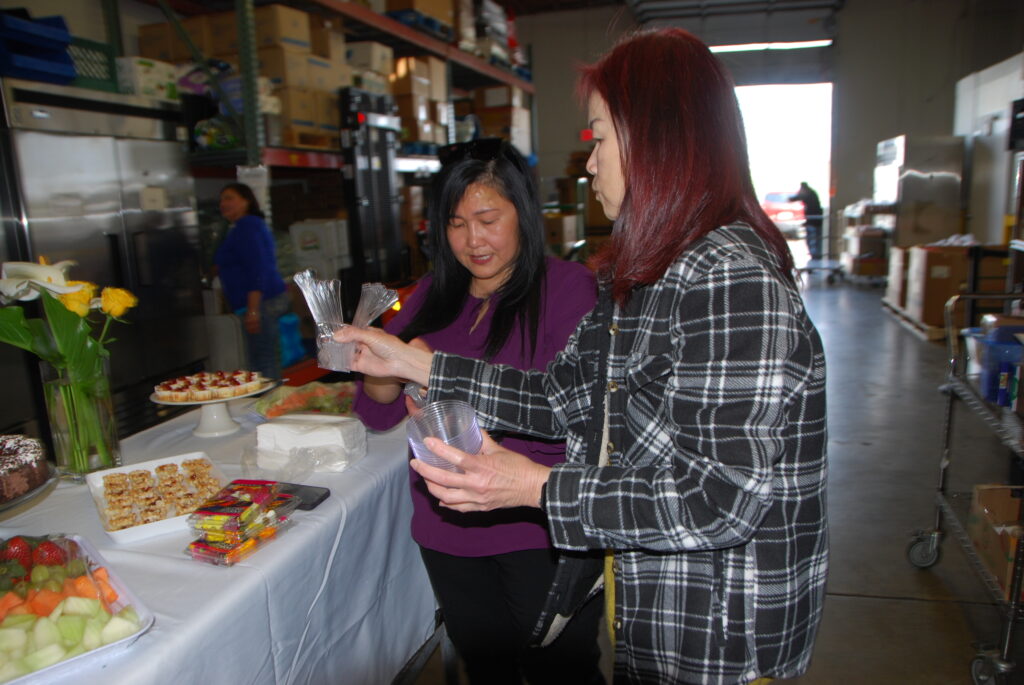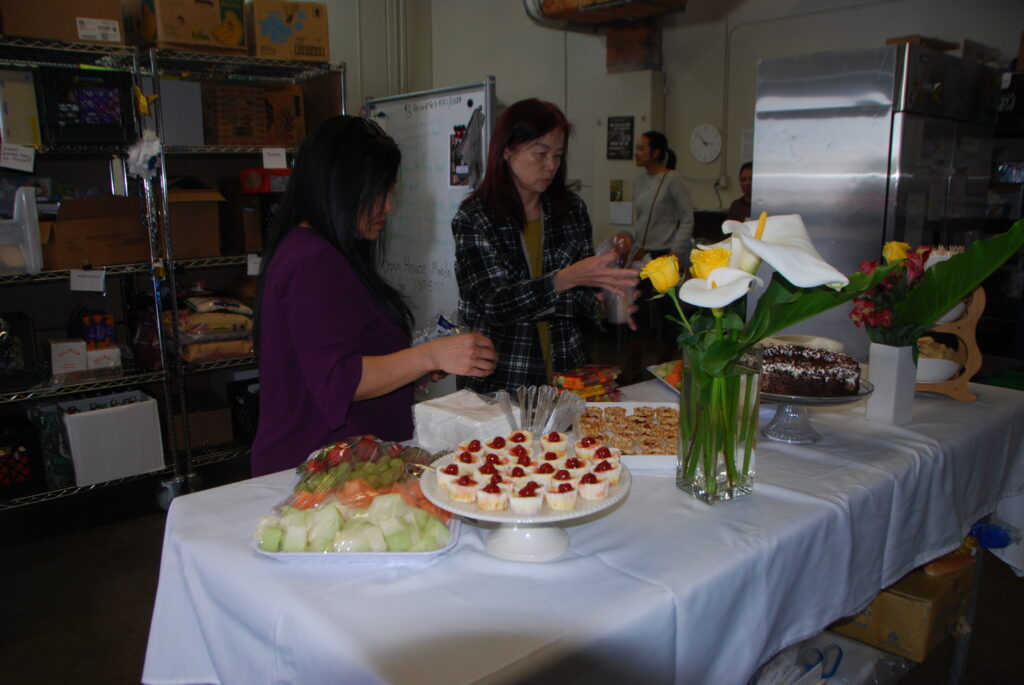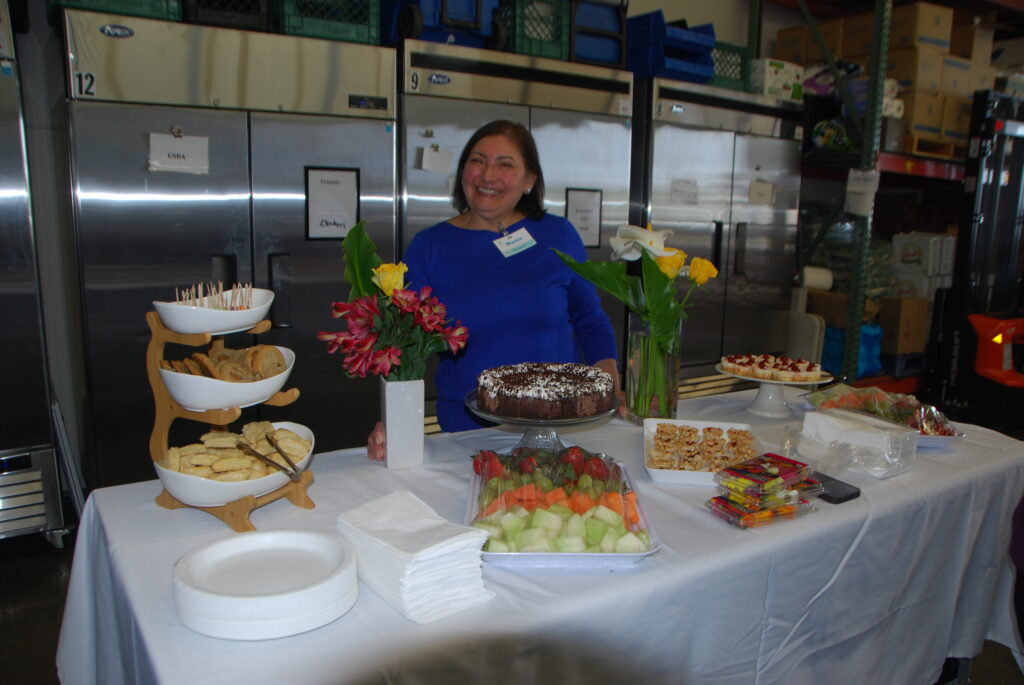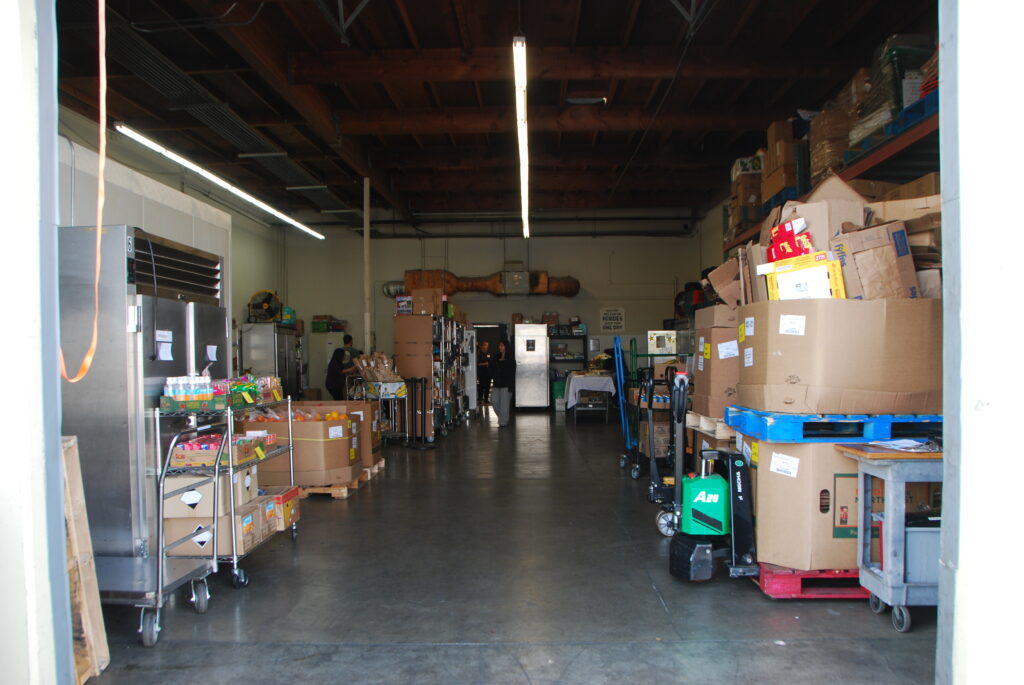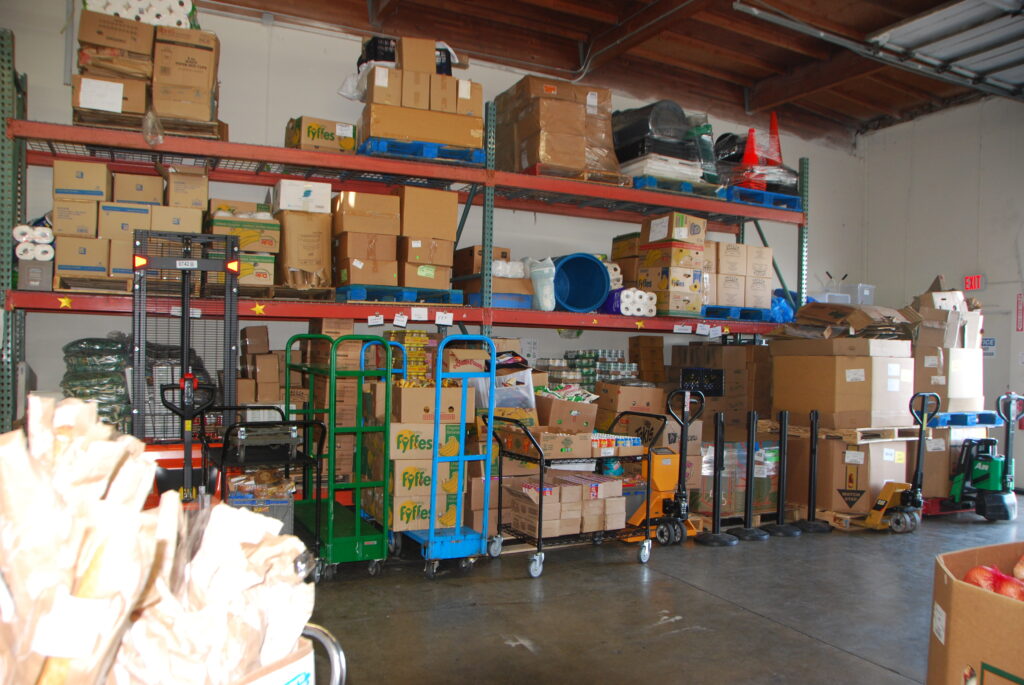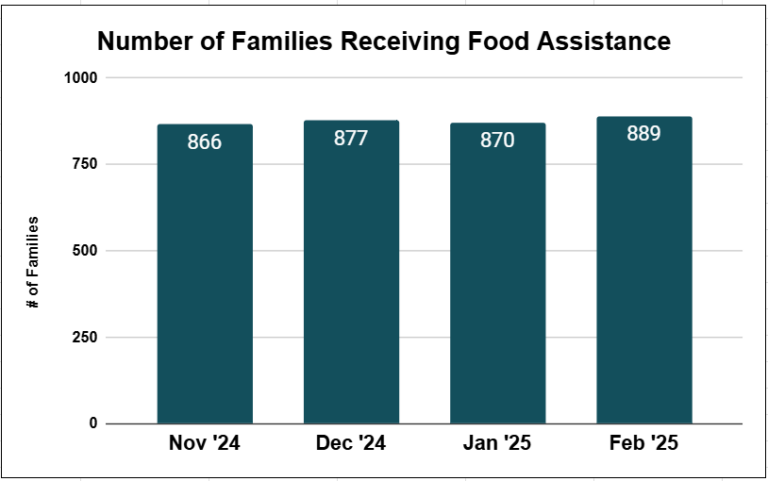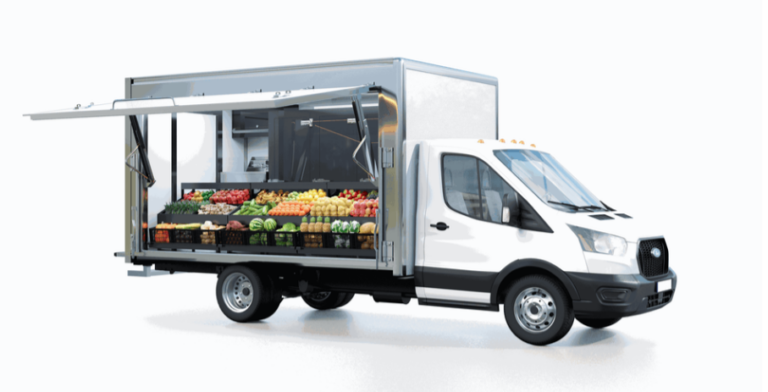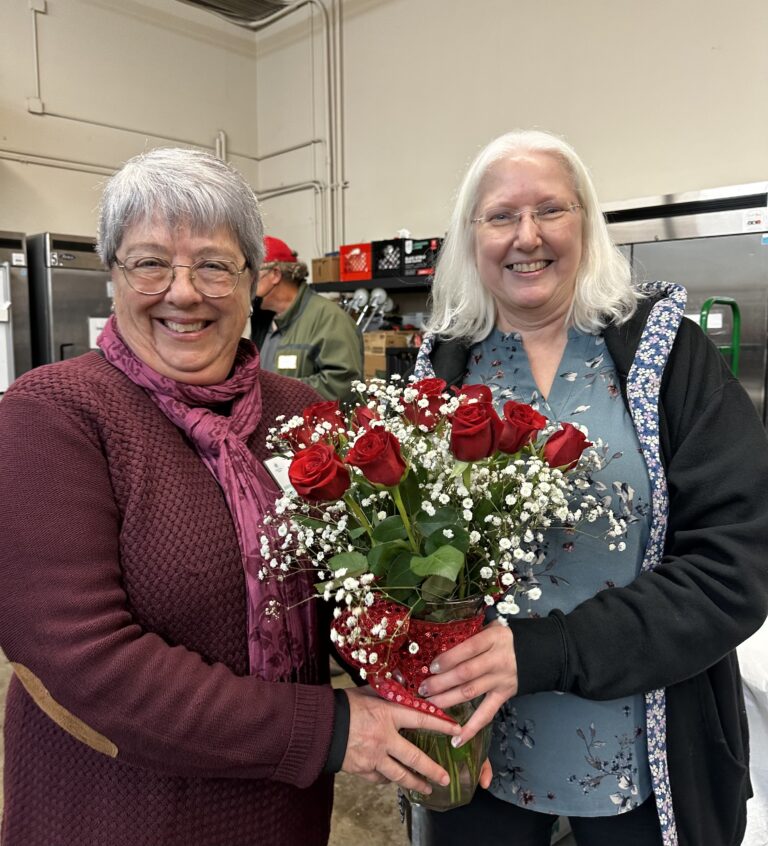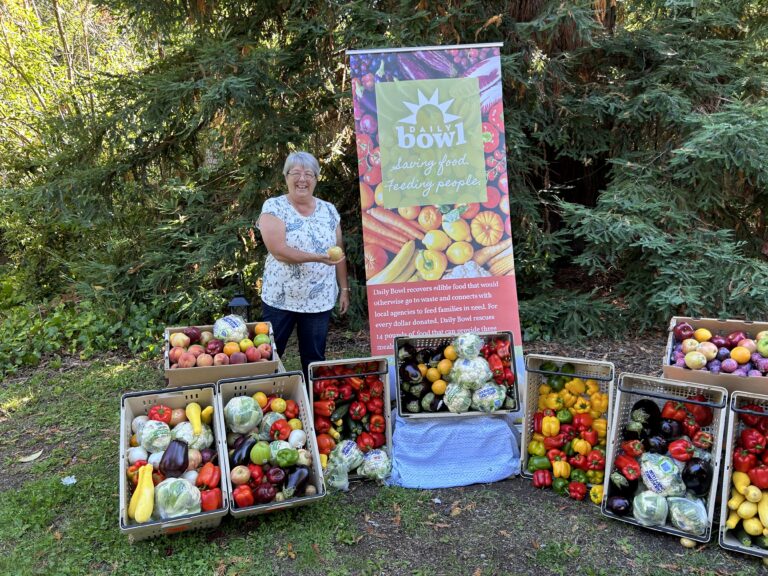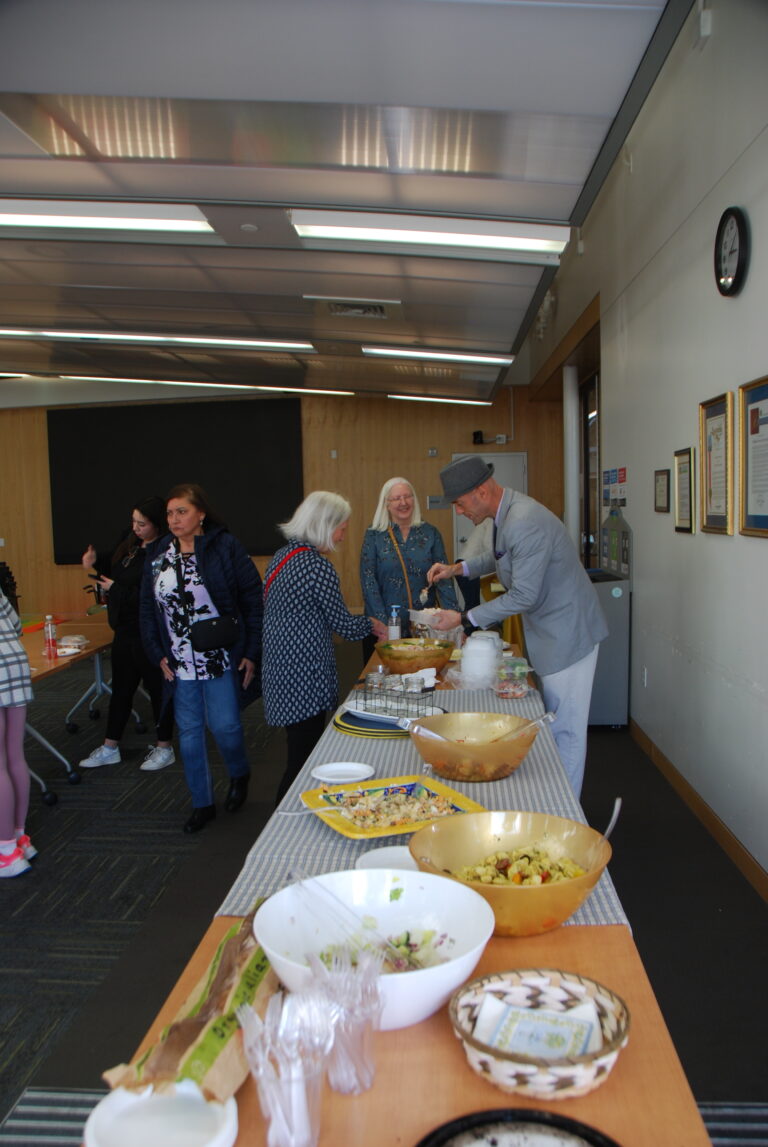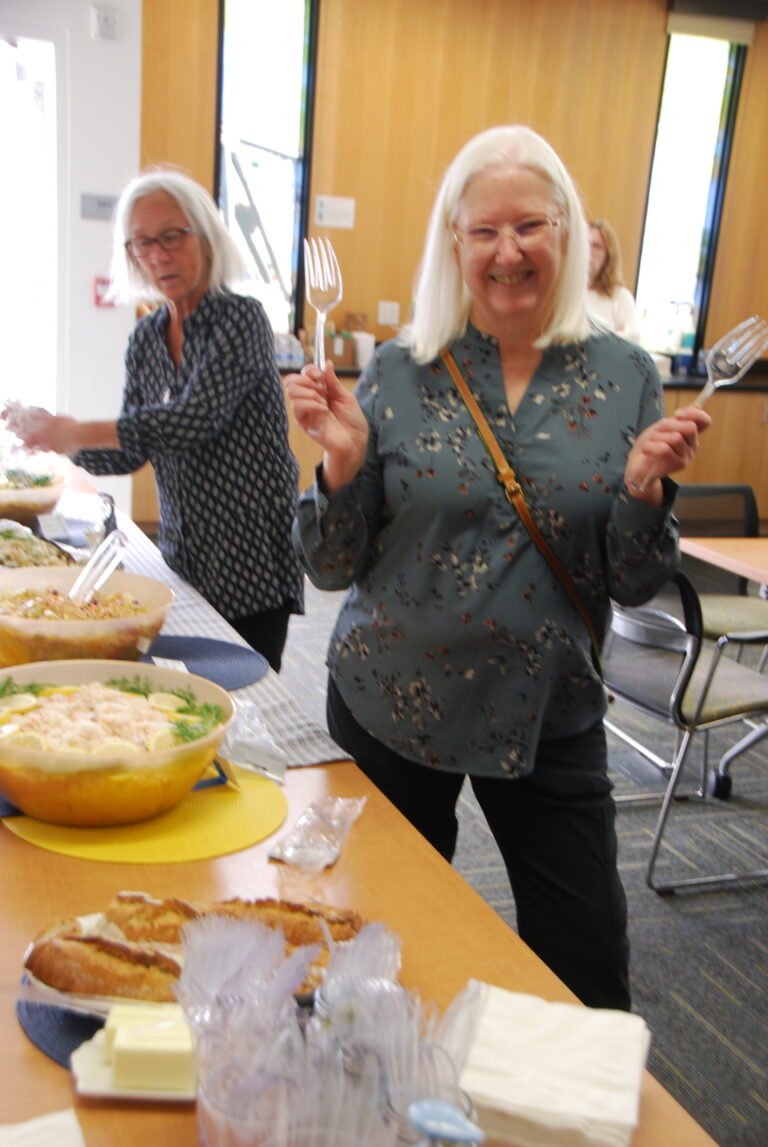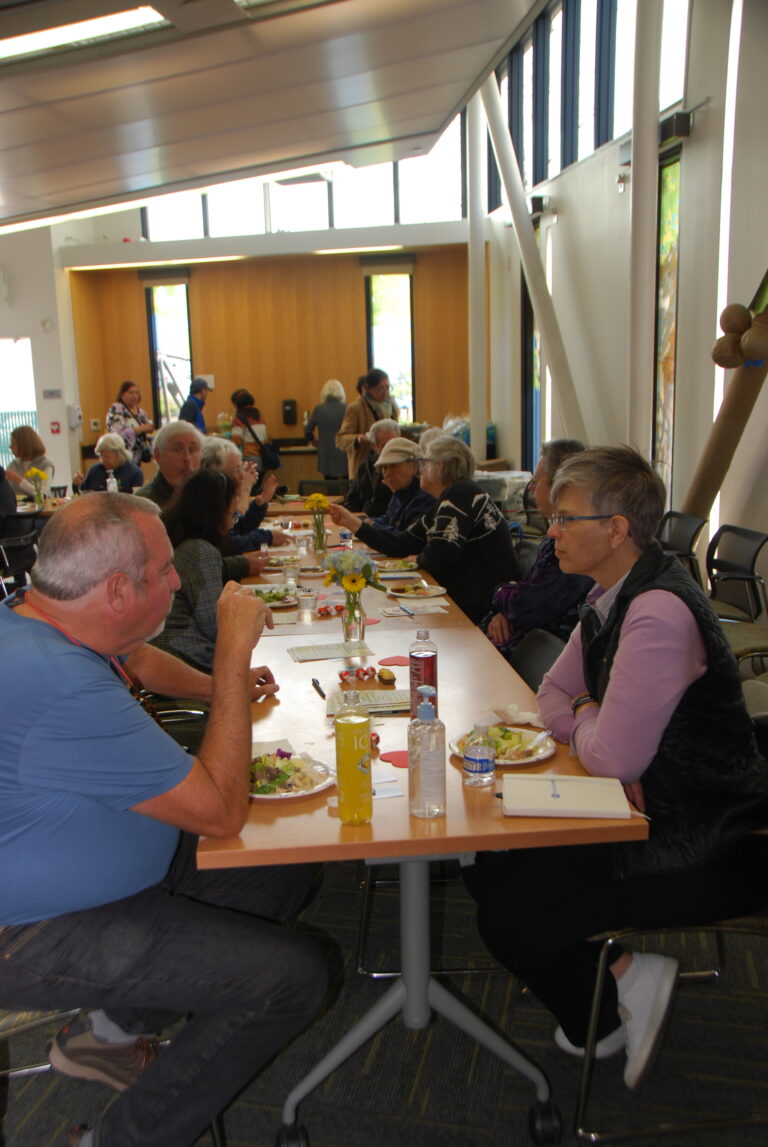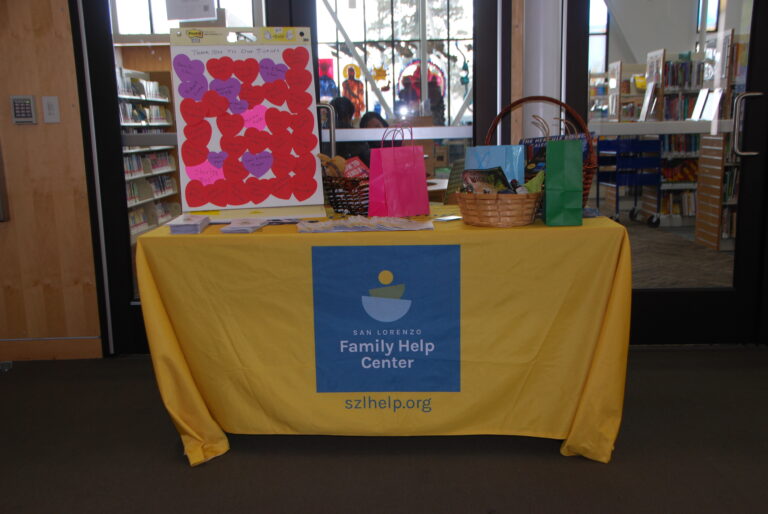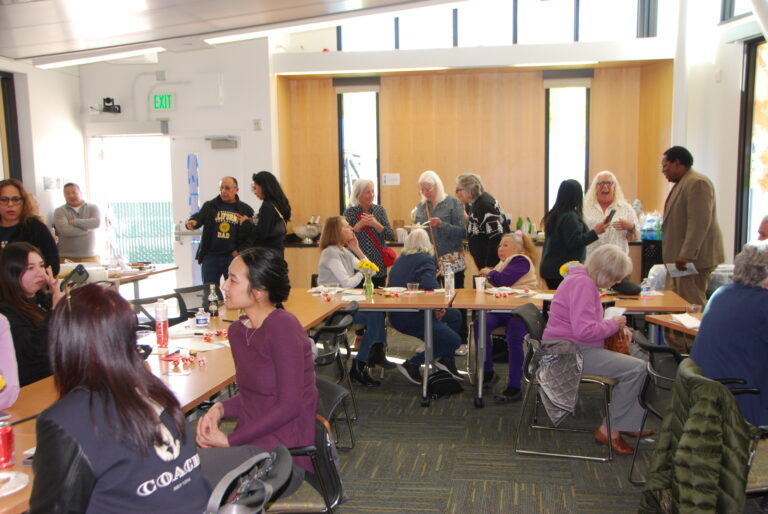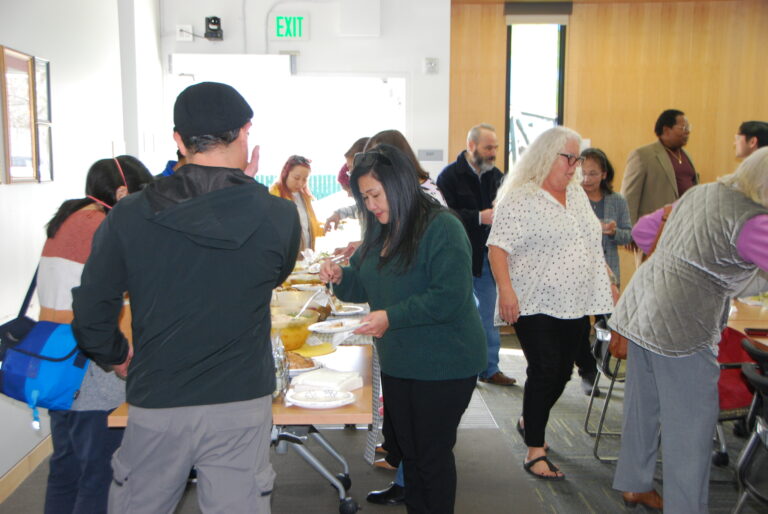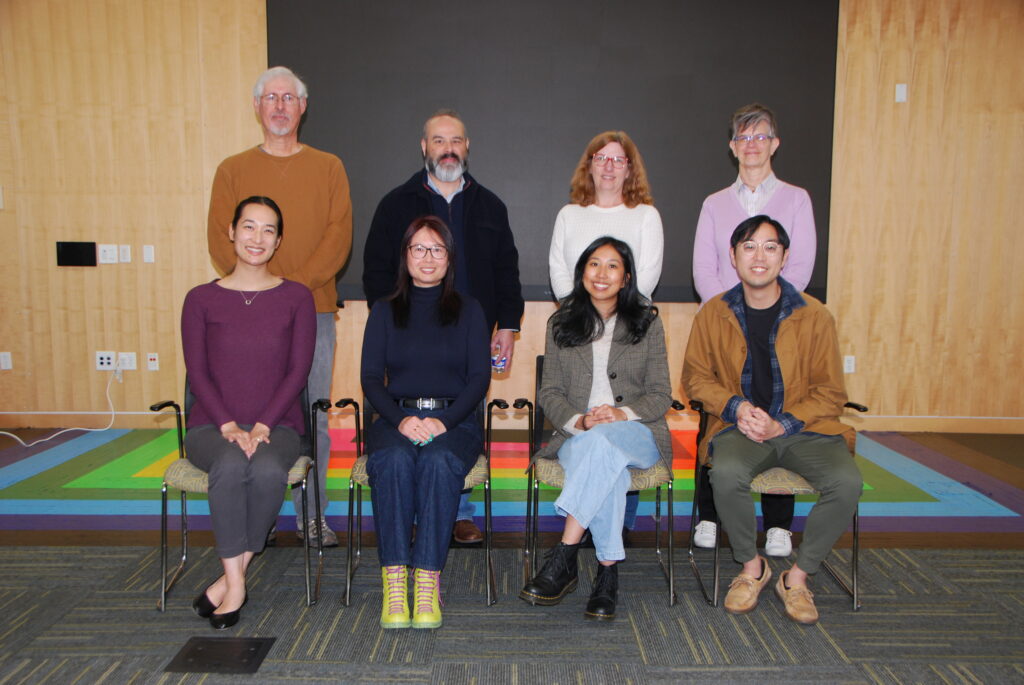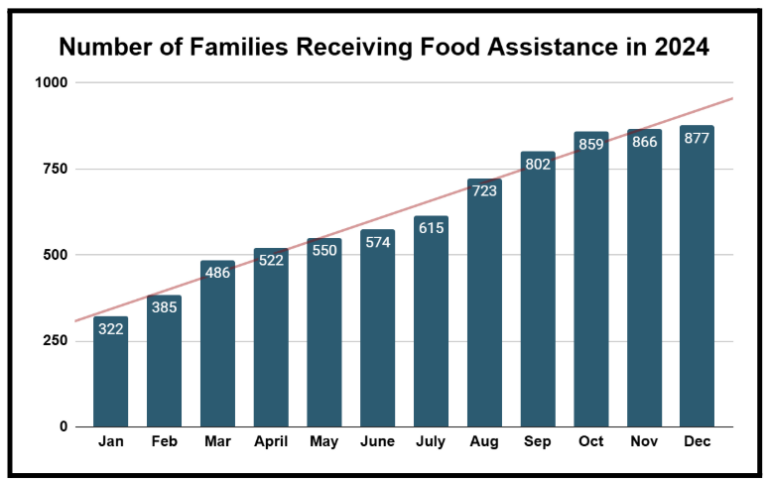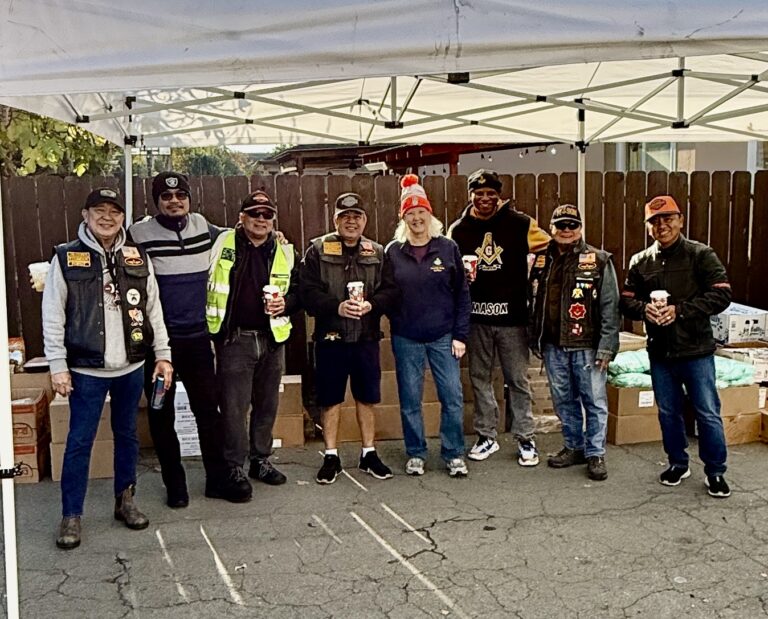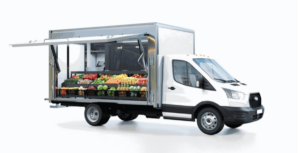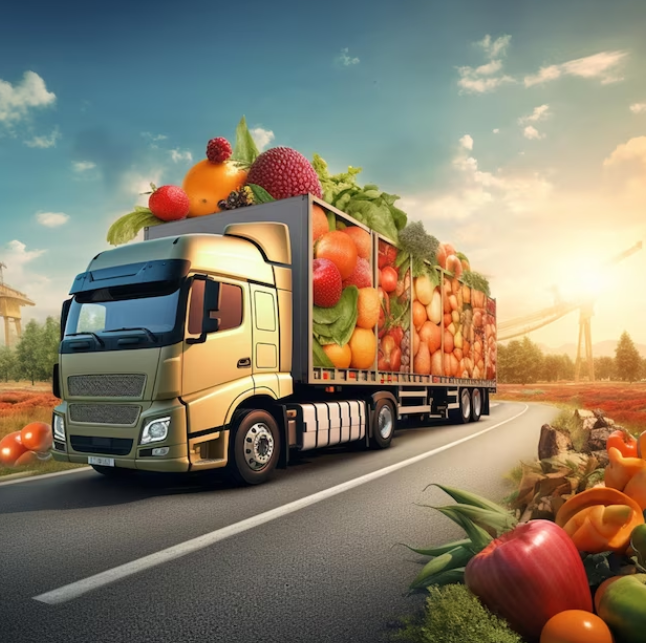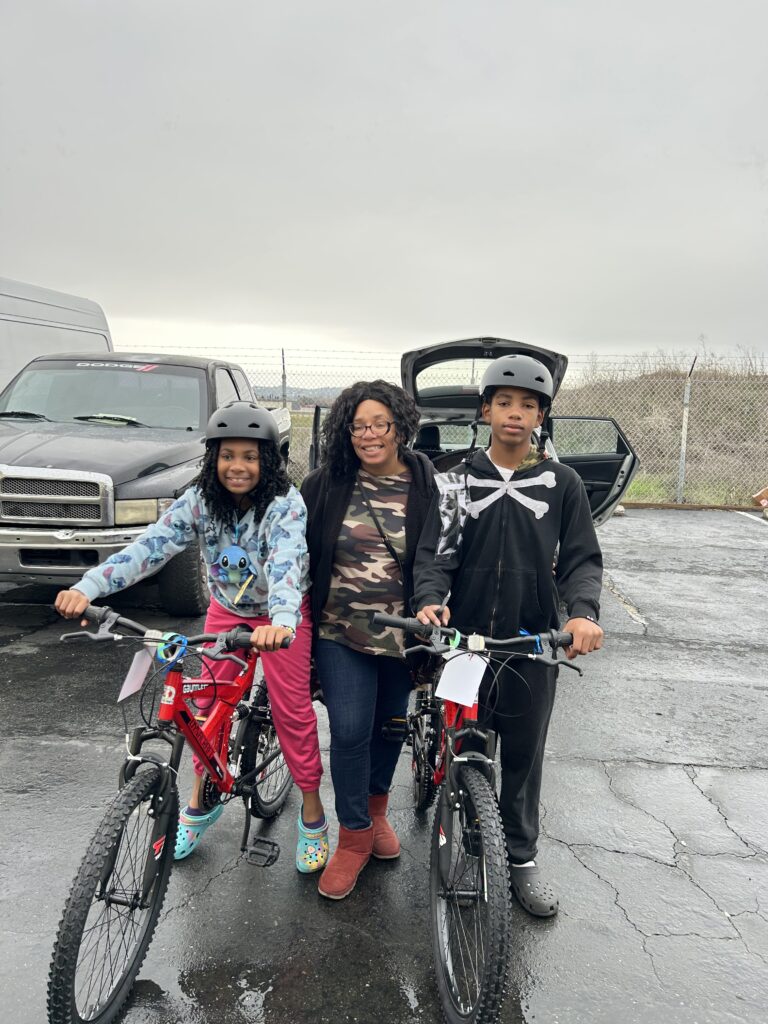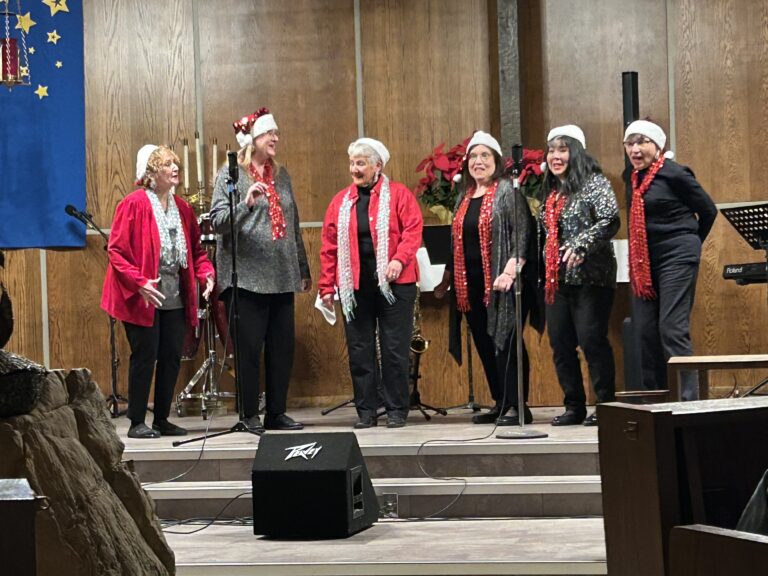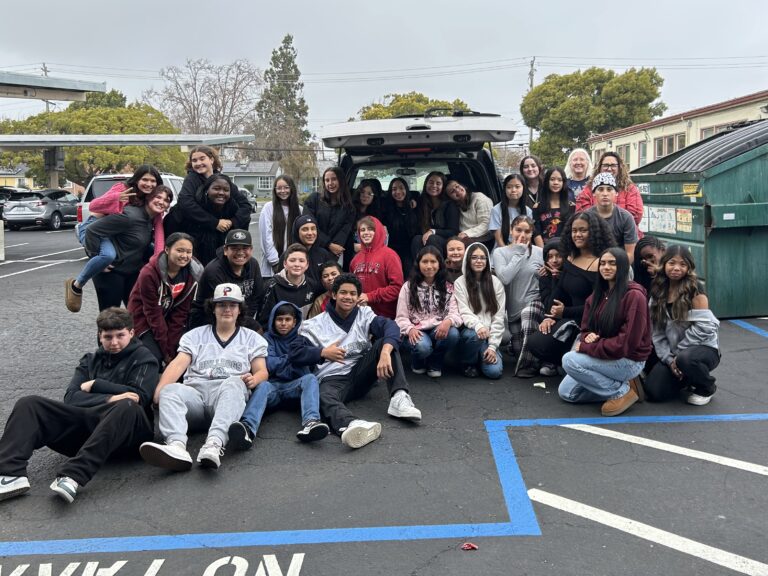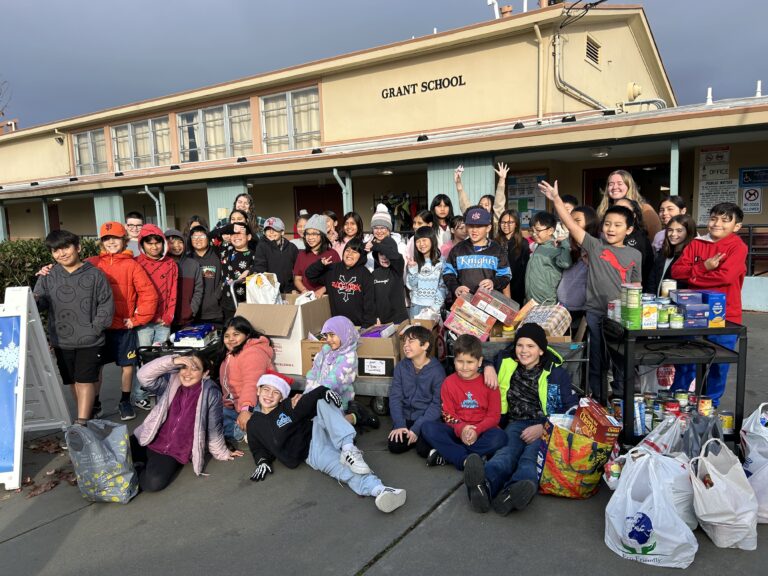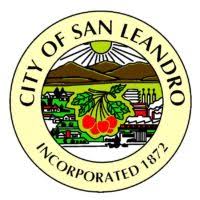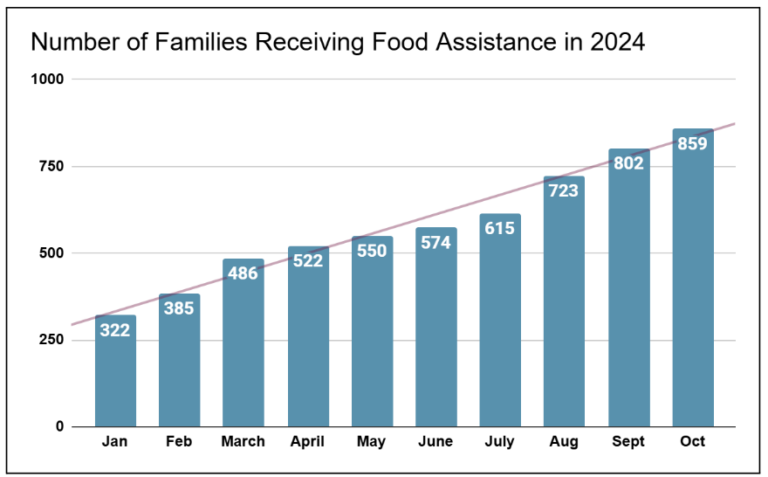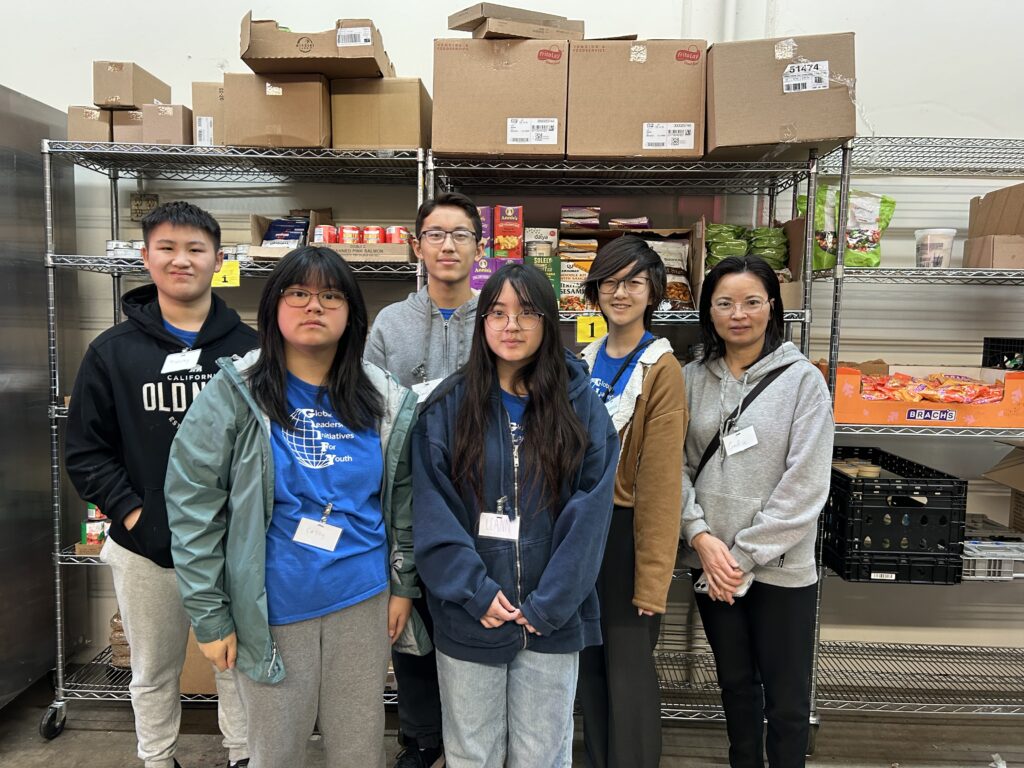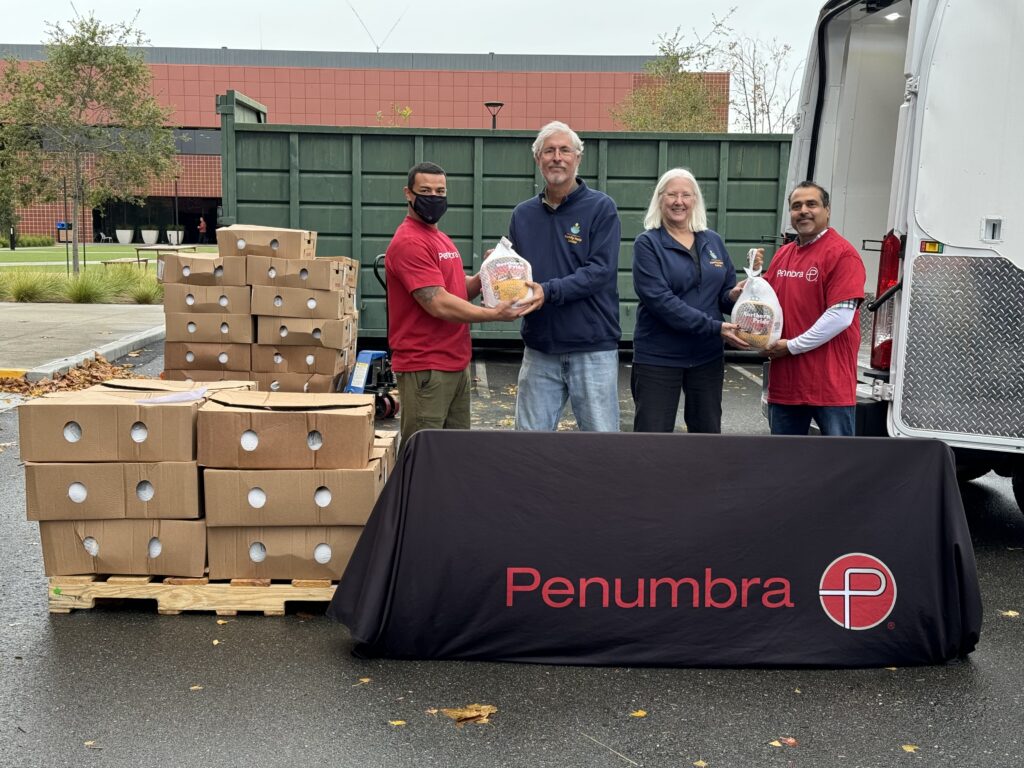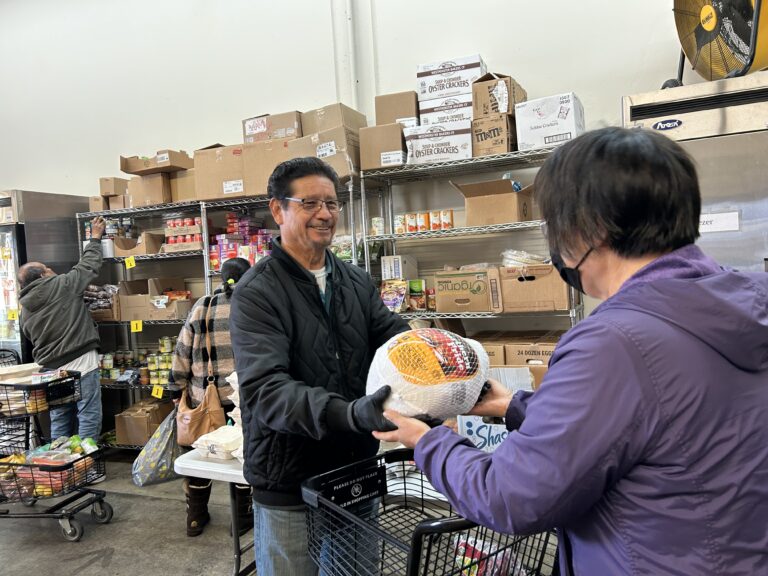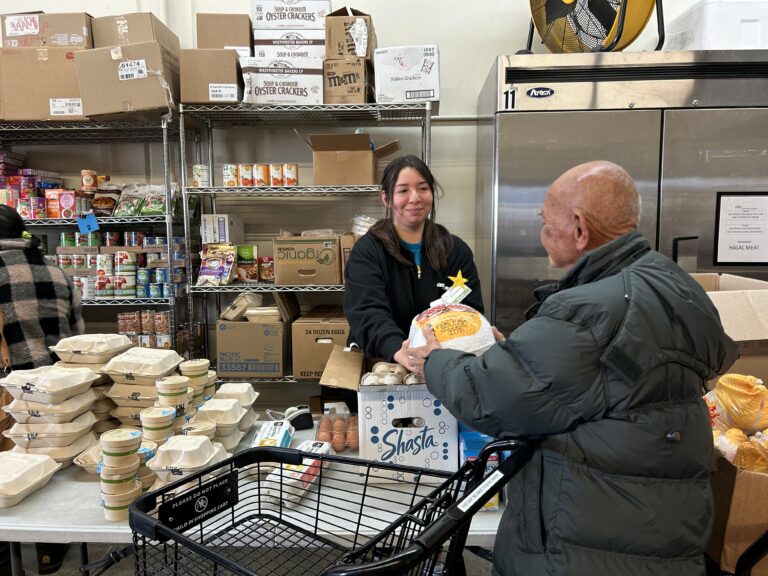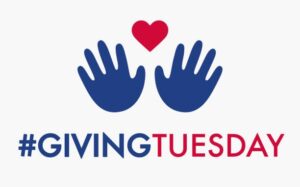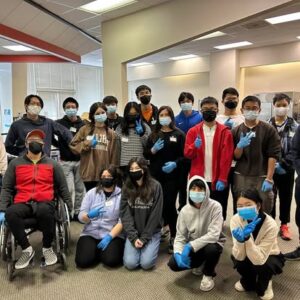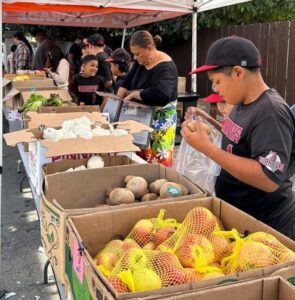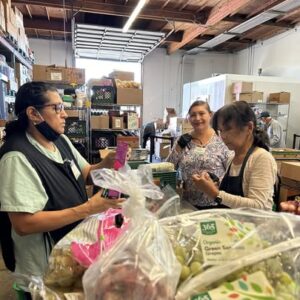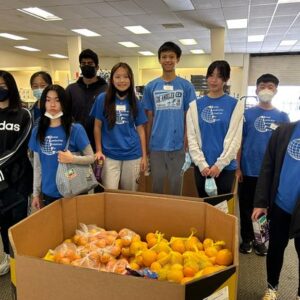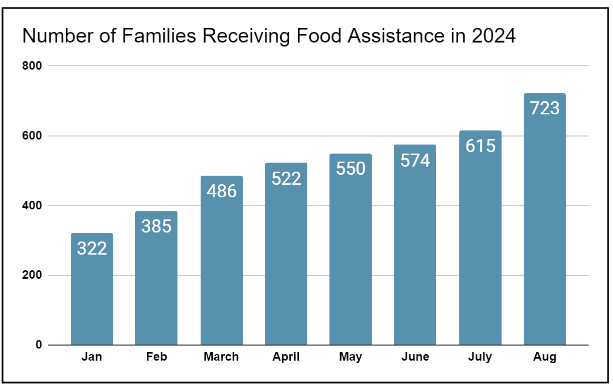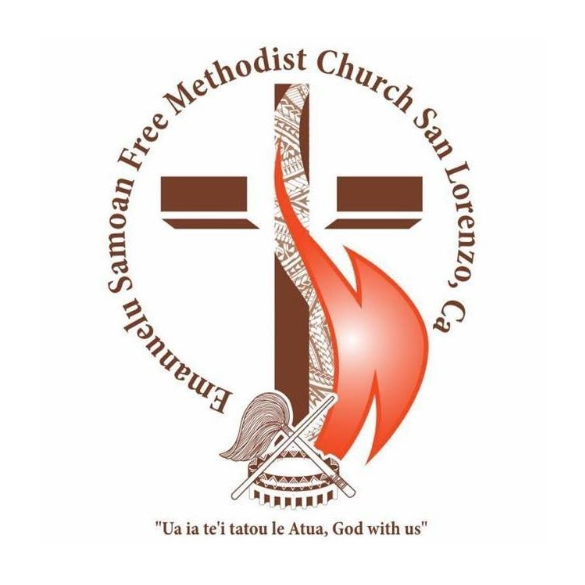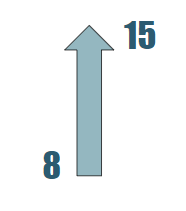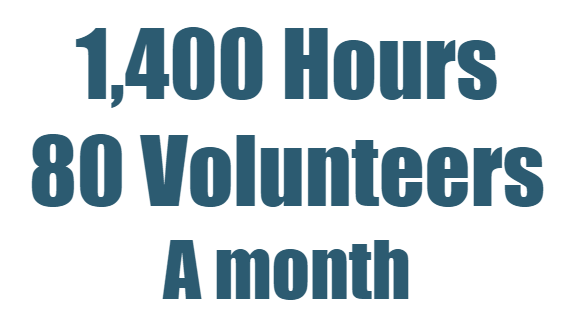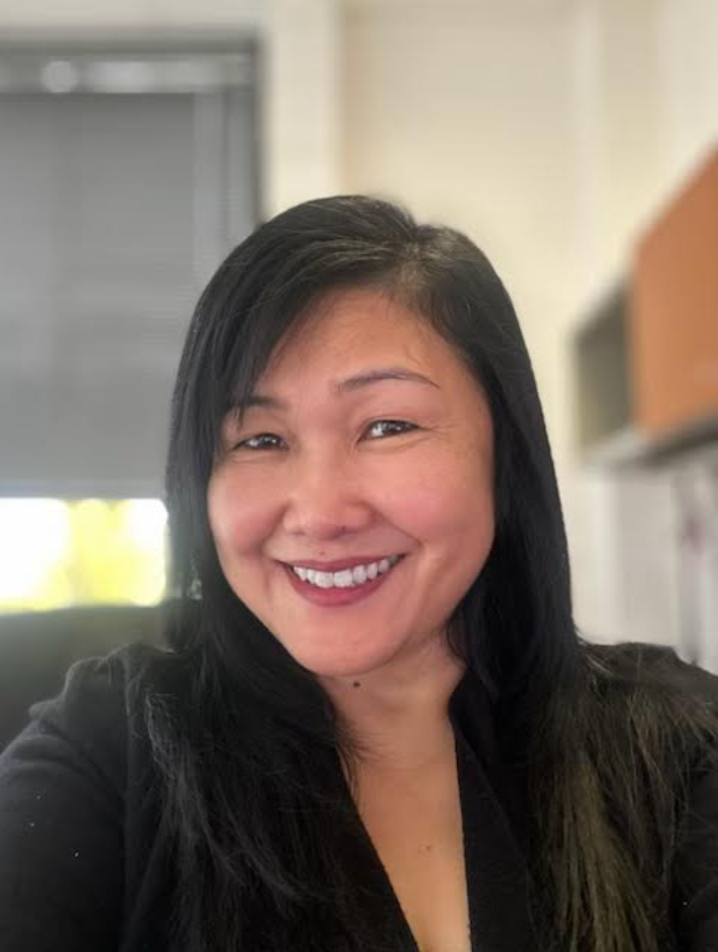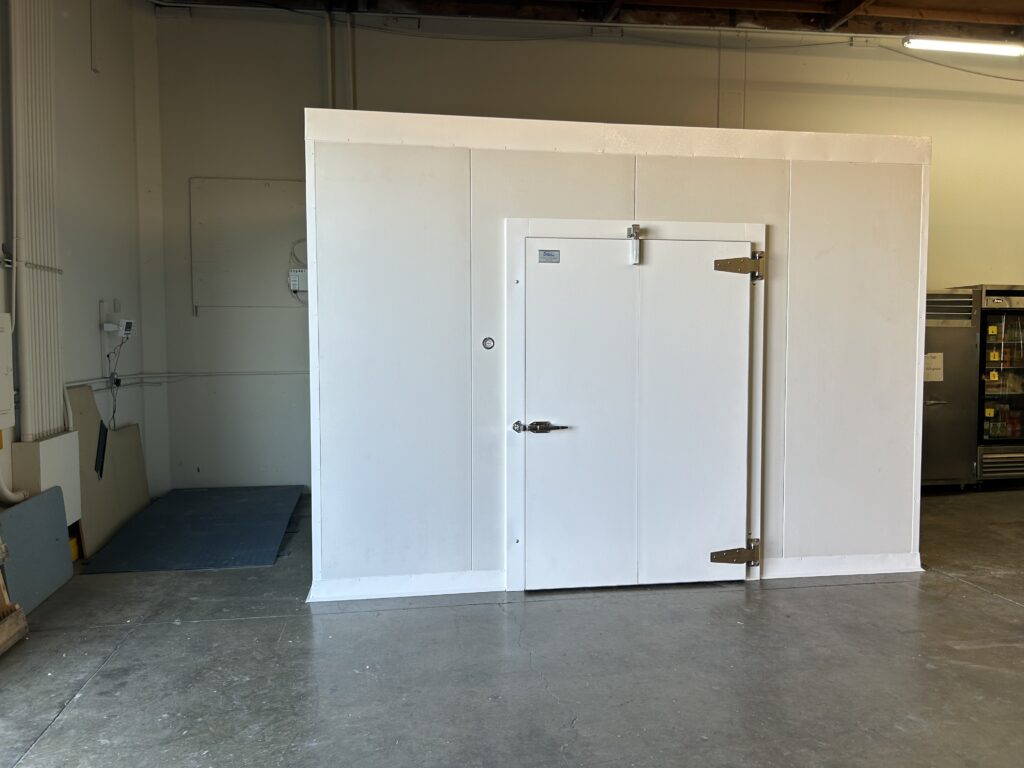The Pantry Shelf is the San Lorenzo Family Help Center newsletter, connecting and creating a community of people on a mission to defeat hunger in Alameda County. Donate today to automatically subscribe to our newsletter via email.
Top Self - Our Programs
Unite Us Community Care System Provider
In-Store Program
Beginning in June, we will be adding extra hours to help support the families who rely on school programs to provide nutritious foods to their children. We will be open on most Wednesdays and we will be extending our Wednesdays hours to 2:00 PM. Visit our calendar page for our current days and hours over the summer.
May was our biggest month so far, providing food to 961 unique families. We added 52 new clients in the month of May.
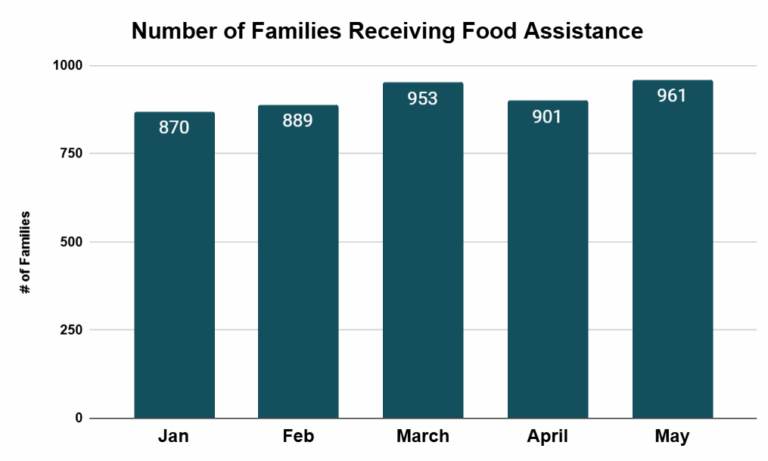
Big News: Our Mobile Pantry Truck Is Almost Here!
We’re thrilled to announce that our new mobile pantry truck is officially in production! Set for completion in fall 2025, this hybrid vehicle will bring fresh produce and essential groceries directly to neighborhoods in the unincorporated area and nearby communities. Check out the video below to see why we are so excited about our new truck.
We are 90% funded and we need your help for the last 10%. Just $27,000 will get our mobile pantry truck on the the road and into the hearts of the community.
Click the button below and donate today. Together, we can make sure no neighbor goes hungry!
We need your help to make our mobile program a success. We’re currently looking for partners who can:
- Offer a location for food distribution
- Provide volunteers just 1–2 times a month
- Help cover ongoing operational costs
If your company or organization is ready to make a real impact, reach out to us—we’d love to partner with you. Send us an email at: slzfoodbank@gmail.com
Middle Shelf - Volunteering
Summer Youth Volunteer Program
During the summer months, our youth volunteer program provides high school students with the opportunity to learn job skills; like responsibility, completing tasks, as well as building communication skills required in the workplace. Let’s not forget learning how to work with others and building friendships! For some, volunteering is also a place to learn and build leadership skills.
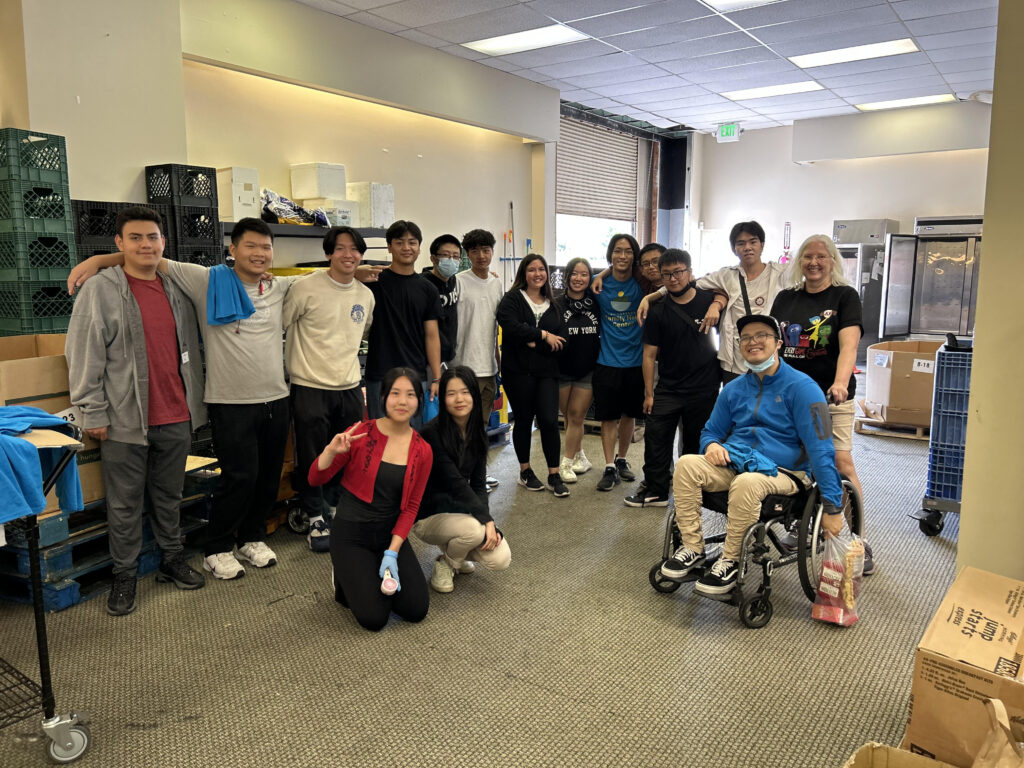
Our youth volunteers experience life in a food pantry program which includes learning about food recovery, tasks like sorting fresh produce, and safe food storage. If you have a high school student interested in volunteering weekly throughout the summer, please have them reach out to us by email slzfoodbank@gmail.com.
Adult Volunteers Needed
We are currently looking for volunteers who enjoy talking to people and are comfortable working in the computer system and making client appointments. Reach out to us at slzfoodbank@gmail.com.
Stocking the Shelves
There are many ways to support the work we do at the San Lorenzo Family Help Center (SLFHC). If any of the ideas sound interesting to you and you want to learn more, reach out to us at slzfoodbank@gmail.com.
Corporate Partnership Building
At the San Lorenzo Family Help Center, we love to create and innovate in support of defeating hunger. We are looking for companies and organizations of all sizes, interested in partnering with us on our mission to defeat hunger in Alameda County. We have partnership ideas focused on supporting our current programs: food is medicine, in-store program, and our mobile pantry program. We are also looking for creative and inspirational new ideas. If you, or your company are interested in learning more partnering, please email us at slzfoodbank@gmail.com.
Donation Ideas
Use your company giving platform and matching program – Check out your company donation and matching platform. Find San Lorenzo Family Help Center. If we are not, then ask how they can add us.
Leave a legacy and add us to your estate plan – When you include the San Lorenzo Family Help Center in your estate plan, your generosity ensures an impact well into the future.
Fundraising on Our Behalf
Create a fundraising event, invite friends and neighbors and donate the funds.
Create a fundraiser in loving memory of someone who impacted your life and donate the funds.
Find us at slzhelp.org, Facebook, LinkedIn
Email: slzfoodbank@gmail.com
